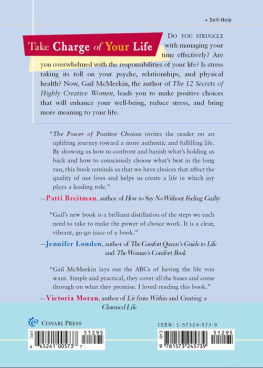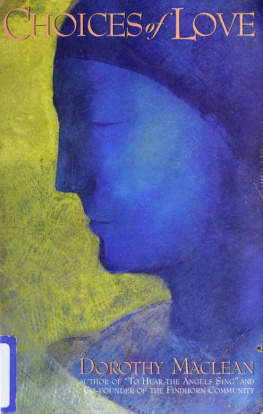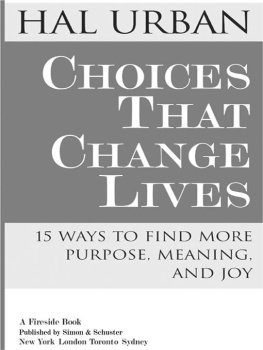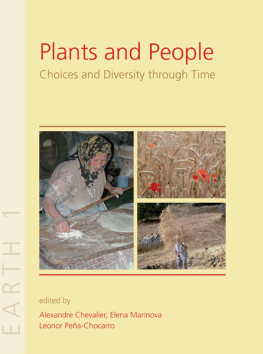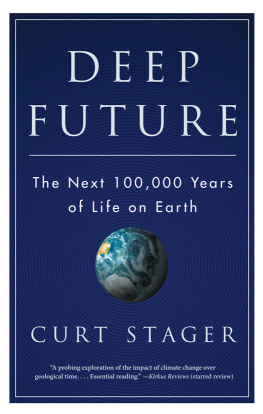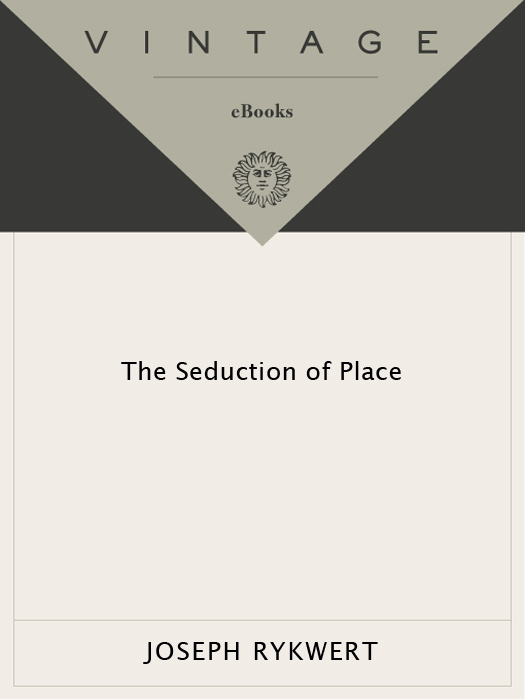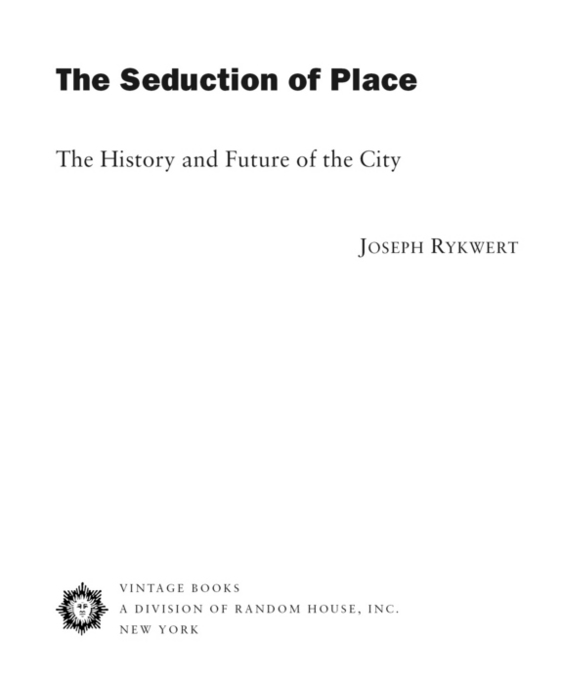ACCLAIM FOR JOSEPH RYKWERT AND
The Seduction of Place
The Seduction of Place is an engaging ramble through the history and character of cities around the world. A rewarding jaunt through urban history.
Los Angeles Times
This is a necessary book. Few authors can take you on such a convincing, rigorous and enjoyable journey from the fall of Adam and Eve to an electric-aided sunset over Manhattan.
The Guardian
The breadth of this little book is overwhelming, it is a compact tour de force.
World Architecture
Rykwert treats his chimerical subject with a delightfully wide-ranging scholarship. The Seduction of Place sets an agenda that brings compassion, and an involvement founded on humane discipline, to a singularly important debate.
The Independent
The Seduction of Place seamlessly combines the usually irreconcilable elements of factual information and narrative thrust into a most pleasurable read about cities and who and what has shaped them inventive, edgy and witty.
The Art Newspaper (Book of the Year)
A complexly argued, beautifully written and provocative meditation on the nature of cities.
Publishers Weekly
Rykwerts passionate account of contemporary cities in relation to those of the past offer[s] an elegant synthesis of those individuals whose visions of new cities have shaped urban planning around the world.
Blueprint
A[n] idiosyncratic tour of modern architecture and urban design.
Art in America
The best whither-the-city book I have come across in ages.
Hugh Pearman, Sunday Times (London)
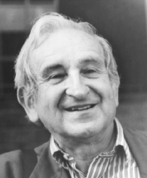
J OSEPH R YKWERT
The Seduction of Place
Joseph Rykwert is Paul Philippe Cret Professor of Architecture Emeritus at the University of Pennsylvania. He is the author of ten previous books, including The Idea of a Town. He lives in London and New York.
Also by Joseph Rykwert
The Idea of a Town:
The Anthropology of Urban Form in Rome, Italy, and the Ancient World
On Adams House in Paradise:
The Idea of the Primitive Hut in Architectural History
The First Moderns:
The Architects of the Eighteenth Century
The Necessity of Artifice
The Brothers Adam
The Dancing Column:
On Order in Architecture
FIRST VINTAGE BOOKS EDITION, MARCH 2002
Copyright 2000, 2002 by Joseph Rykwert
All rights reserved under International and Pan-American Copyright Conventions. Published in the United States by Vintage Books, a division of Random House, Inc., New York. Originally published in hardcover in the United States by Pantheon Books, a division of Random House, Inc., New York, in 2000.
Vintage and colophon are registered trademarks of Random House, Inc.
The Library of Congress has cataloged the Pantheon edition as follows:
Rykwert, Joseph, 1926
The seduction of place: the city in the twenty-first century / Joseph Rykwert
p. cm.
Includes bibliographical references.
Trade Paperback ISBN: 978-0-375-40048-3
1. Cities and towns. 2. Architecture. 3. City planning. I. Title
HT151.R93 2000
307.76dc21
00-024845
Hardcover ISBN: 978-0-375-70044-6
eBook ISBN: 978-0-8041-5172-6
Author photograph Anne Engel
www.vintagebooks.com
v3.1
To Zo and Gaia and my severest critic
No man ever knew, or can know, what will be the ultimate result to himself, or to others, of any given line of conduct. But every man may know, and most of us do know, what is a just and an unjust act. And all of us may know also, that the consequences of justice will be ultimately the best possible, both to others and ourselves, though we can neither say what is best, or how it is likely to come to pass.
John Ruskin, Unto This Last, 1862, p. 8
Contents
Acknowledgments
THIS BOOK HAS BEEN all too long in the makingif not so long in the writing. My first debt is to the many students and colleagues at Cambridge, at the University of Pennsylvania, and at the Jagiellonian University in Krakw with whom the ideas that inform it were discussed. My research assistants at the University of Pennsylvania, Nathaniel Coleman and Taha al-Douri, have helped in more ways than they know.
Andrew Motion (then still a publisher) first suggested that I might write a book on this subject. Many friends with whom the book was first discussed encouraged me to go on and warned me of pitfalls: George Baird, Marc Baraness, Czesaw Bielecki, Mario Botta, David Chipperfield and Evelyn Stern, Jean-Louis Cohen, Charles Correa, Franoise Choay, Andr Corboz, Hubert and Terry Damisch, Balakrishna Doshi, Aurelio Galfetti, Antoine Grumbach, Vittorio and Marina Gregotti, the late Panos Koulermos, Paul Levy, Richard Sennett and Saskia Sassen and Ivan Zaknic. I owe an even greater debt to busy friends who have put their work aside to read the manuscript: Dennis Cosgrove, Graham Howes, Paul McQuail and Gwen Wright. They have raised problems I had not considered and saved me from some of my grosser errors. I was also lucky enough to be able to call on the specialist knowledge of two members of my family, Christian Devillers and Julien Studley.
To Desmond Hui I owe the possibility of three trips to China as well as his companionship there. Lawrence and Andrea Nield welcomed us in Australia.
My agent, Bruce Hunter, helped me to give shape to the book, and Shelley Wanger has been a ruthless yet considerate editor. Alice van Straalen gave a new form to the paperback edition. I owe them all a great debt. The staff of the London Library has been courteous and patient, as have those of the University of Pennsylvania and of the Elmer Bobst Library at New York University.
My wife, Anne, urged me to write this book, tried to keep me to the argument, and trimmed some of my more wayward sallies. The book is as much hers as it is mine. What mistakes of judgment and fact it nevertheless contains remain my own.
My two granddaughters were born while this book was in the making. The future of the city will be in the hands of their generation, and so I dedicate this book to them.
Finding Some Place in All the Space
BY 1945 , MOST OF EUROPE and much of Asia was in ruins. Planners and architects, their attendant sociologists and engineers seemed absolute masters of a situation in which they would have to work very quickly. A vast proportion of the housing in Japan, China, Burma, and Europe had to be rebuilt.
These professionals had sharpened their ideas and worked out their proposals during the inter-war period, and many of them had spent the war preparing for its aftermath. They believed that they could guarantee that rationally planned and freshly designed cities of a new civilization would rise from the smoking and cruel ruins and would ensure the happiness of the survivors and the veterans. These professionals were seen as the pioneers of a new and better world: their work was to be based on statistical inquiry and on technical efficiency. History had nothing to teach themit spoke only of the bad, old times. Theirs was an optimistic vision. Building became the highest social priority: in the first half of the century, any young man in a Latin-speaking country, whether in Europe or South America, who needed a university degree but had no special interests, often studied law; but after 1945, many of them gravitated to architecture. In Britain, a Labour administration was sponsoring not only new forms of urbanization, but meticulous research into the details of housing.


